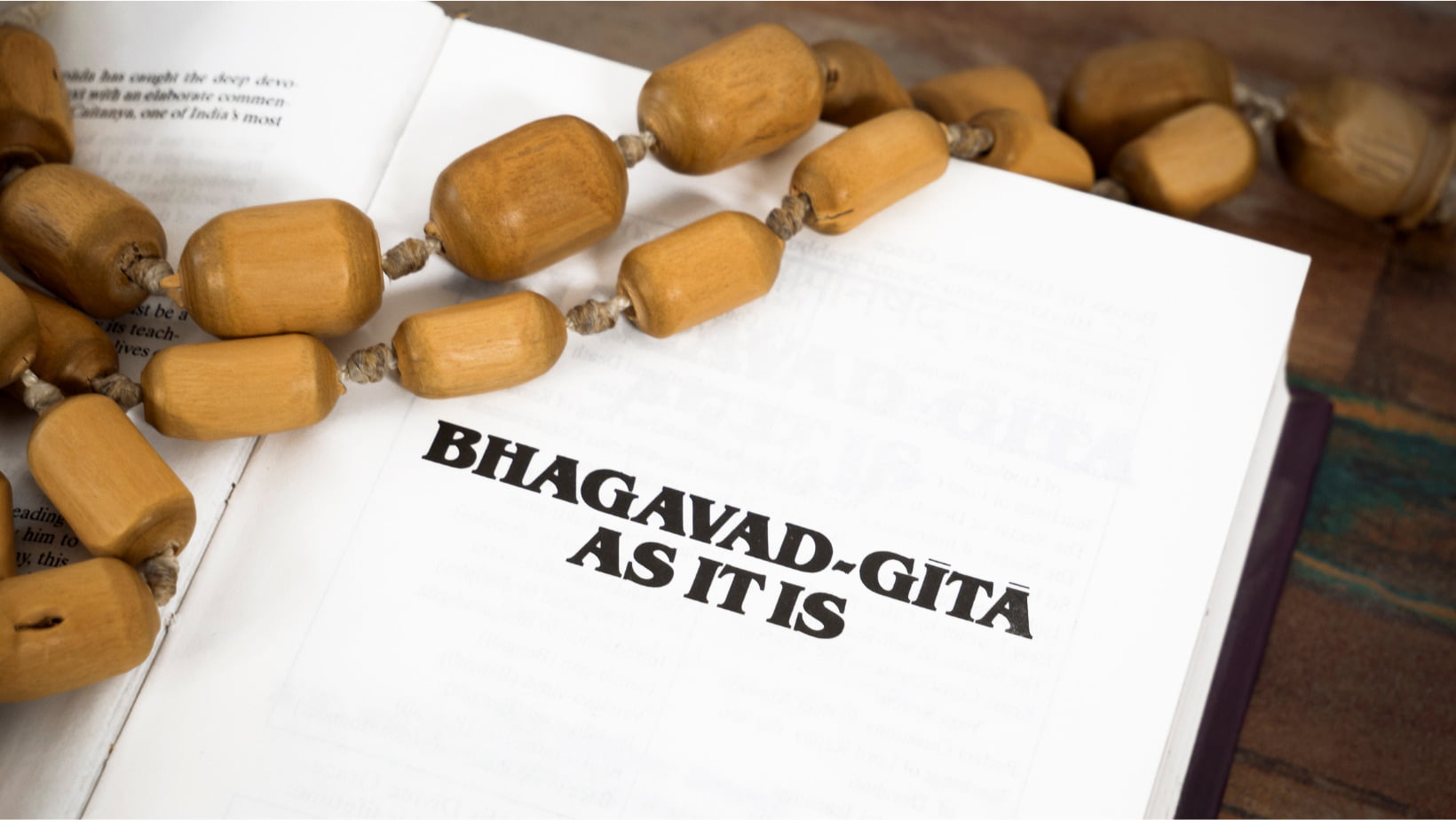Bhagavad Gita Author
The Bhagavad Gita, one of the most revered texts in Hindu philosophy, holds a profound place in the hearts and minds of millions worldwide. This ancient scripture is regarded as a spiritual guide and a philosophical masterpiece. While the Bhagavad Gita’s teachings and insights have captivated readers for centuries, the question of its authorship remains a subject of debate and curiosity. In this article, we will explore the authorship of the Bhagavad Gita and delve into the various theories and perspectives surrounding this enigmatic text.
Historical Context
The Bhagavad Gita is a significant part of the Indian epic, the Mahabharata. The Mahabharata is an ancient Sanskrit epic that narrates the story of a great war between two factions of a royal family. The Bhagavad Gita is positioned within this epic as a conversation between the warrior prince Arjuna and Lord Krishna, who serves as his charioteer and spiritual guide. This dialogue takes place on the battlefield of Kurukshetra, just before the commencement of the epic war.
The Traditional View
According to traditional beliefs, the author of the Bhagavad Gita is Vyasa, who is also credited with compiling the Mahabharata itself. Vyasa is considered a sage and a legendary figure in Hindu mythology. He is believed to have imparted the divine knowledge of the Bhagavad Gita to Arjuna, who was the chosen recipient of this profound wisdom. This traditional view holds Vyasa as the sole author of the Bhagavad Gita.
Alternative Perspectives
However, some scholars and researchers have presented alternative theories on the authorship of the Bhagavad Gita. One such theory suggests that the Bhagavad Gita is a compilation of wisdom imparted by various sages and philosophers throughout history. According to this view, the text evolved over time, with contributions from multiple authors who shared their spiritual insights and experiences.
Another perspective proposes that the Bhagavad Gita may have been a collective effort, with different sages and scholars contributing to its composition. This theory highlights the possibility of multiple authors or editors who refined and organized the teachings to create the cohesive and profound text we know today.

